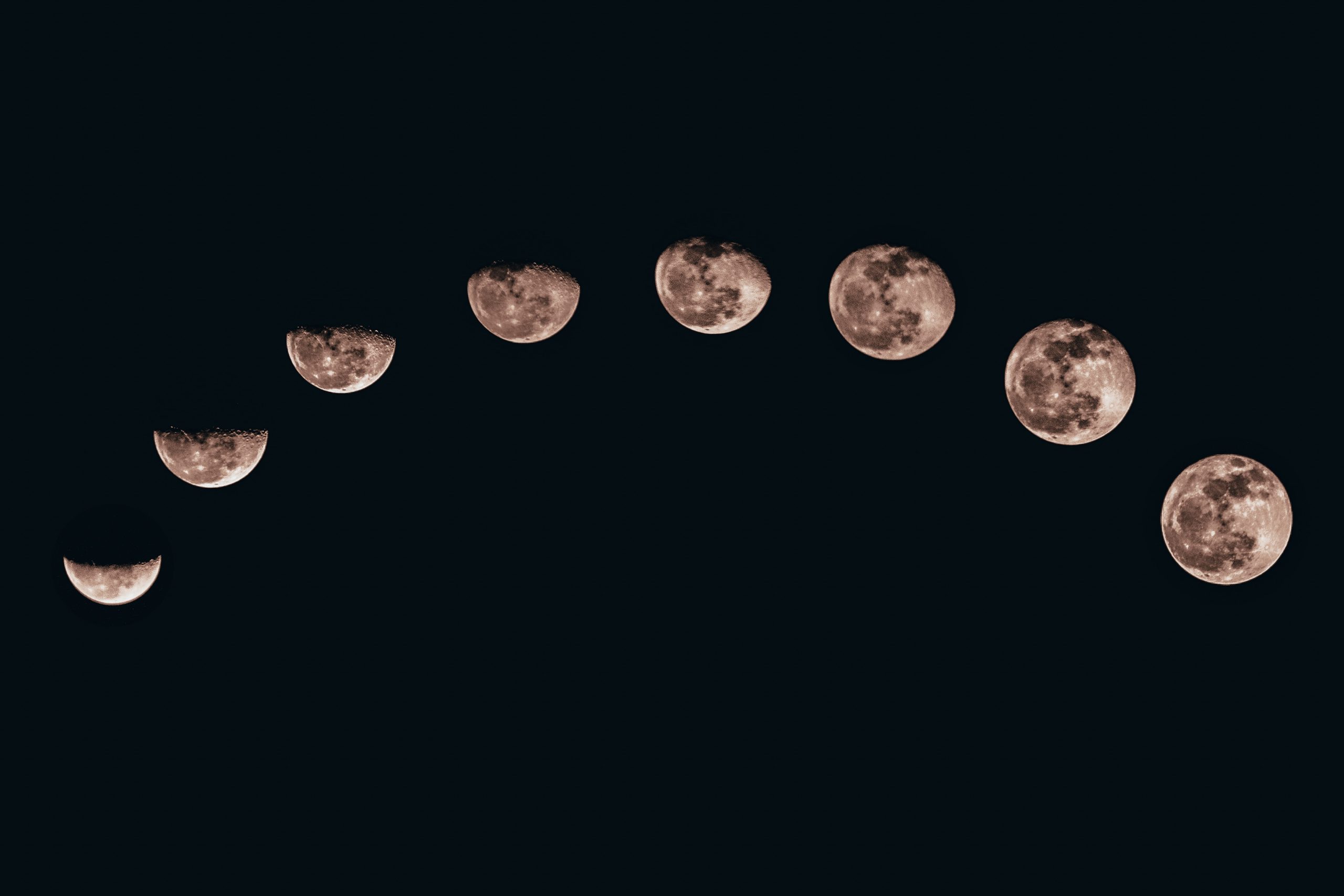How Many Days Does the Lunar Cycle Take?
The moon has been a celestial object that has fascinated human beings for centuries. Its mystical beauty and ever-changing appearance have inspired countless stories, art, and even religions. One remarkable aspect of the moon’s behavior is its cycle, which takes around 29.5 days to complete. In this blog post, we will delve into the details of the lunar cycle, exploring its phases, factors influencing its duration, and the significance of this celestial phenomenon. So, let’s embark on this lunar journey!
Understanding the Lunar Cycle
The lunar cycle refers to the continuous change in the moon’s appearance as viewed from Earth. This cyclical progression occurs due to the changing position of the moon relative to the Earth and the sun. The lunar cycle consists of various phases, each characterized by a different amount of illumination on the moon’s surface.
The four primary phases of the lunar cycle are:
- New Moon: During this phase, the moon appears completely dark, as it is positioned between the sun and Earth.
- First Quarter: At this stage, half of the moon is illuminated, resembling a semicircle shape.
- Full Moon: In this phase, the entire face of the moon is visible, illuminated by direct sunlight.
- Last Quarter: Similar to the first quarter, half of the moon is illuminated, but on the opposite side compared to the first quarter phase.
Between these primary phases, there are intermediate stages, such as waxing crescent, waxing gibbous, waning gibbous, and waning crescent, which add further nuances to the lunar cycle.
Factors Influencing the Duration of the Lunar Cycle
While the average duration of the lunar cycle is approximately 29.5 days, it is essential to understand that this duration can vary slightly from cycle to cycle.
One primary factor impacting the duration of the lunar cycle is the elliptical shape of the moon’s orbit. The moon follows an elliptical path around the Earth rather than a perfect circle. This elliptical orbit causes variations in the moon’s distance from Earth, leading to differences in its orbital speed. When the moon is closer to Earth, it experiences a higher gravitational pull, causing it to move faster and complete a lunar cycle in a shorter time. Conversely, when the moon is farthest from Earth, its gravitational pull weakens, resulting in a longer duration for the lunar cycle.
Furthermore, the gravitational influence of other celestial bodies, such as the sun and planets, can also affect the duration of the lunar cycle. For instance, the gravitational interactions between the Earth, moon, and sun during specific alignments can slightly alter the time it takes for a complete lunar cycle.
Additionally, recurring events, such as leap years, where an extra day is added to the calendar, can have an impact on the synchronization of the lunar and solar cycles. These adjustments help to prevent the lunar cycle from drifting too far away from the solar calendar.
The Significance of the Lunar Cycle
The lunar cycle has profound cultural, religious, and scientific significance. Throughout history, different civilizations have observed and associated various meanings with the lunar cycle.
In many cultures, the lunar cycle serves as the basis for calendars. The traditional Chinese calendar, for example, follows a lunar-based system, with each month starting on the day of the new moon. Similarly, the Islamic calendar is also lunar-based, though it incorporates occasional adjustments to align with the solar year.
Beyond calendrical purposes, the lunar cycle plays a significant role in agriculture. Farmers have long relied on the moon’s phases to determine the ideal time for planting, harvesting, and various other agricultural activities. Some believe that certain moon phases influence the growth of crops and even the behavior of animals.
Moreover, the lunar cycle has cultural and spiritual symbolism. In many mythologies and religious beliefs, the moon is associated with femininity, fertility, and cycles of life. The waxing and waning of the moon’s phases have been linked to themes of birth, growth, death, and rebirth.
Scientifically, the lunar cycle provides astronomers and researchers with valuable information about celestial mechanics and the dynamics of the Earth-Moon system. The ability to calculate the duration of the lunar cycle and predict its phases accurately contributes to our understanding of celestial bodies and their movements.
Conclusion
The lunar cycle, which takes around 29.5 days to complete, is a captivating natural phenomenon that continues to fascinate people worldwide. Its changing phases, influenced by factors such as the moon’s orbit, gravitational interactions, and adjustments made to synchronize with the solar calendar, hold various cultural, religious, and scientific significances. Understanding the lunar cycle strengthens our connection with the broader universe and reminds us of the wonders hidden within the night sky.
Table of Contents
